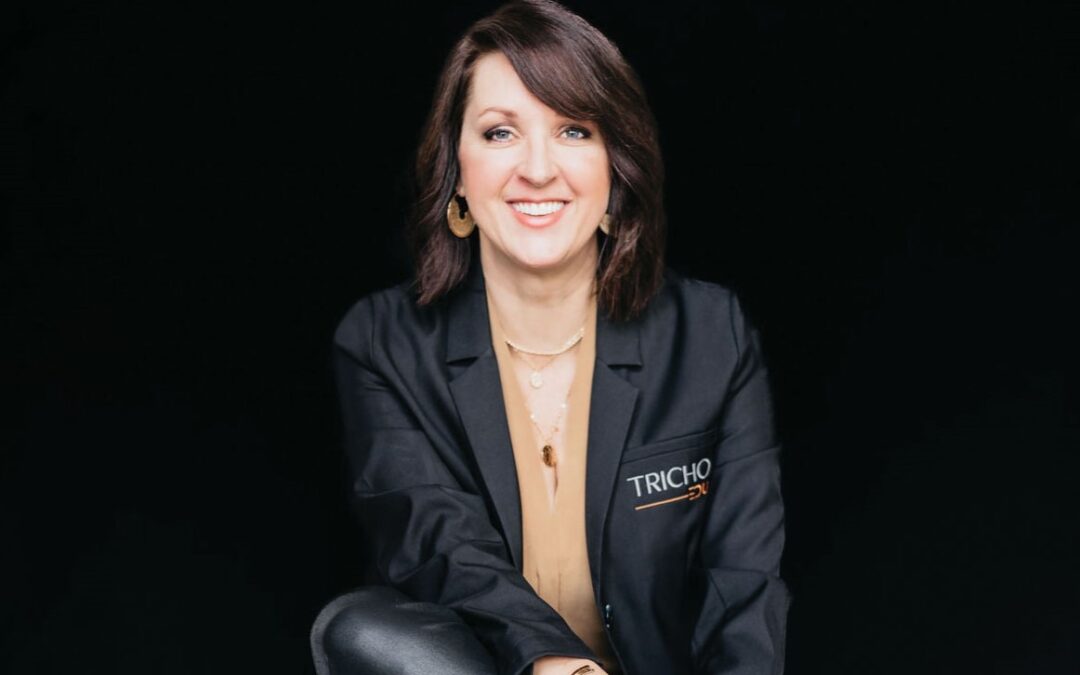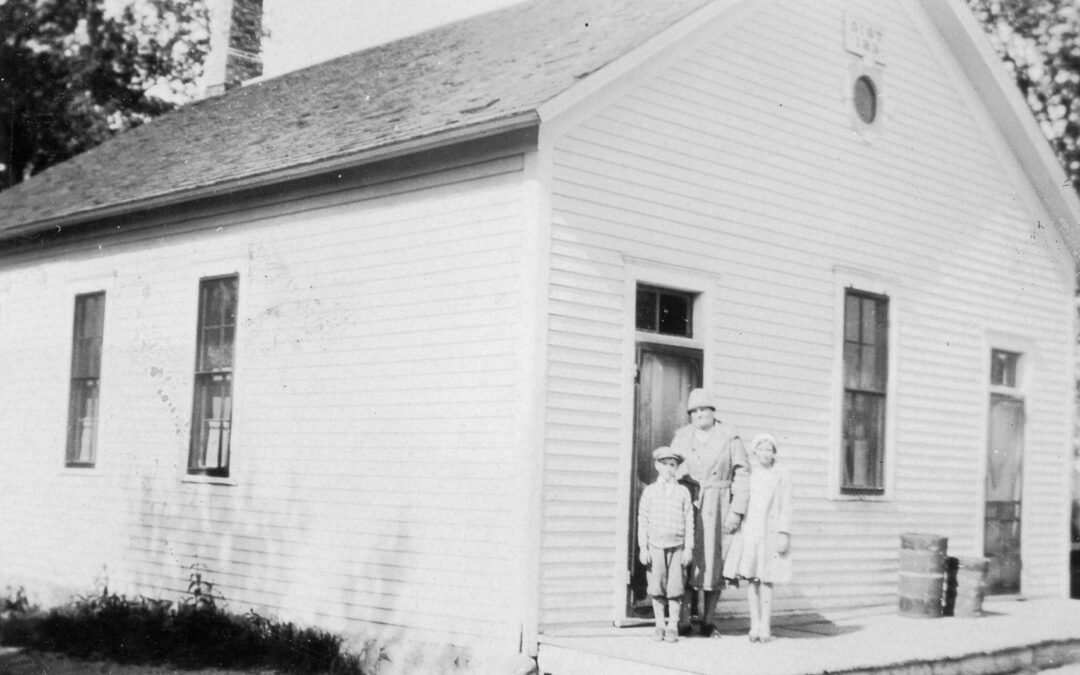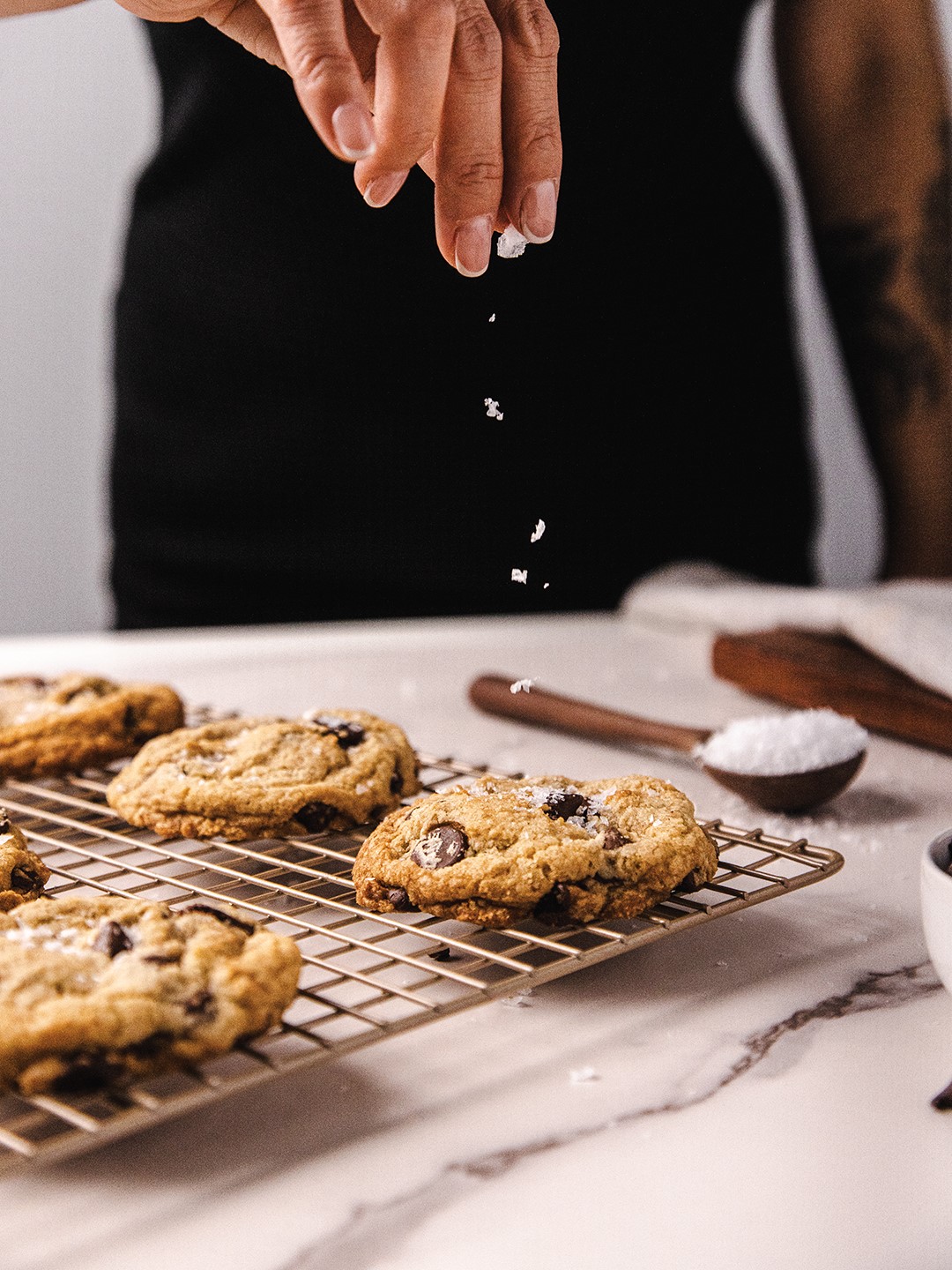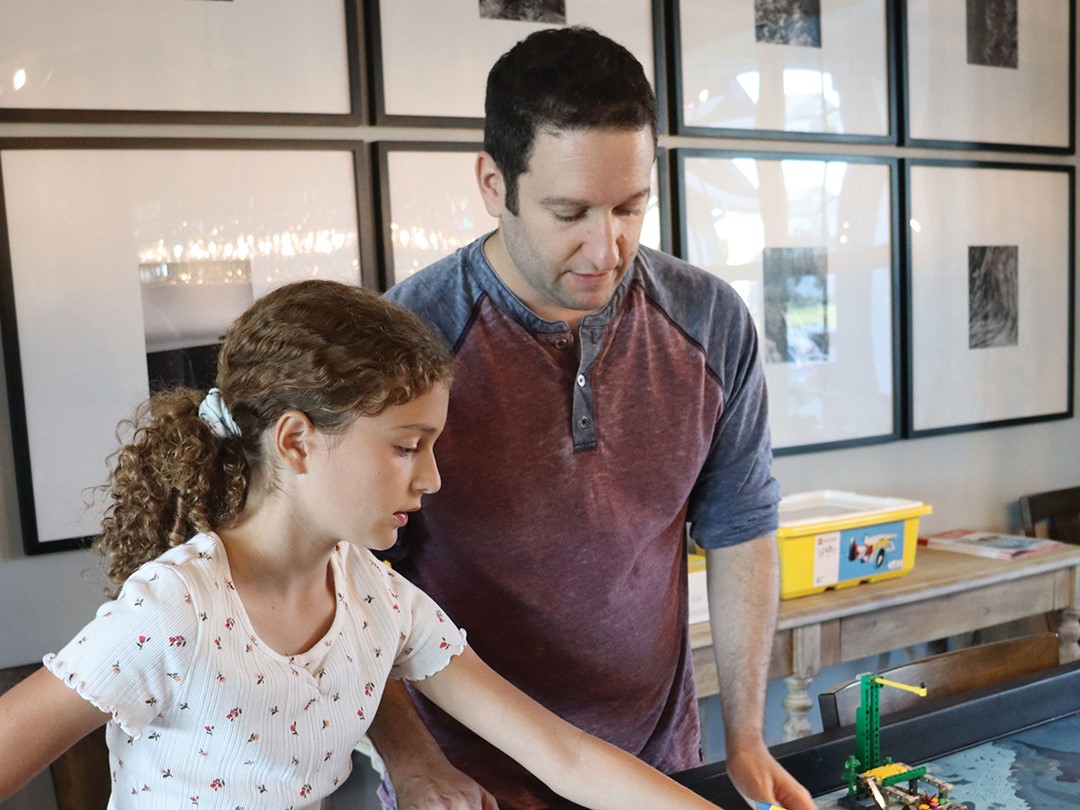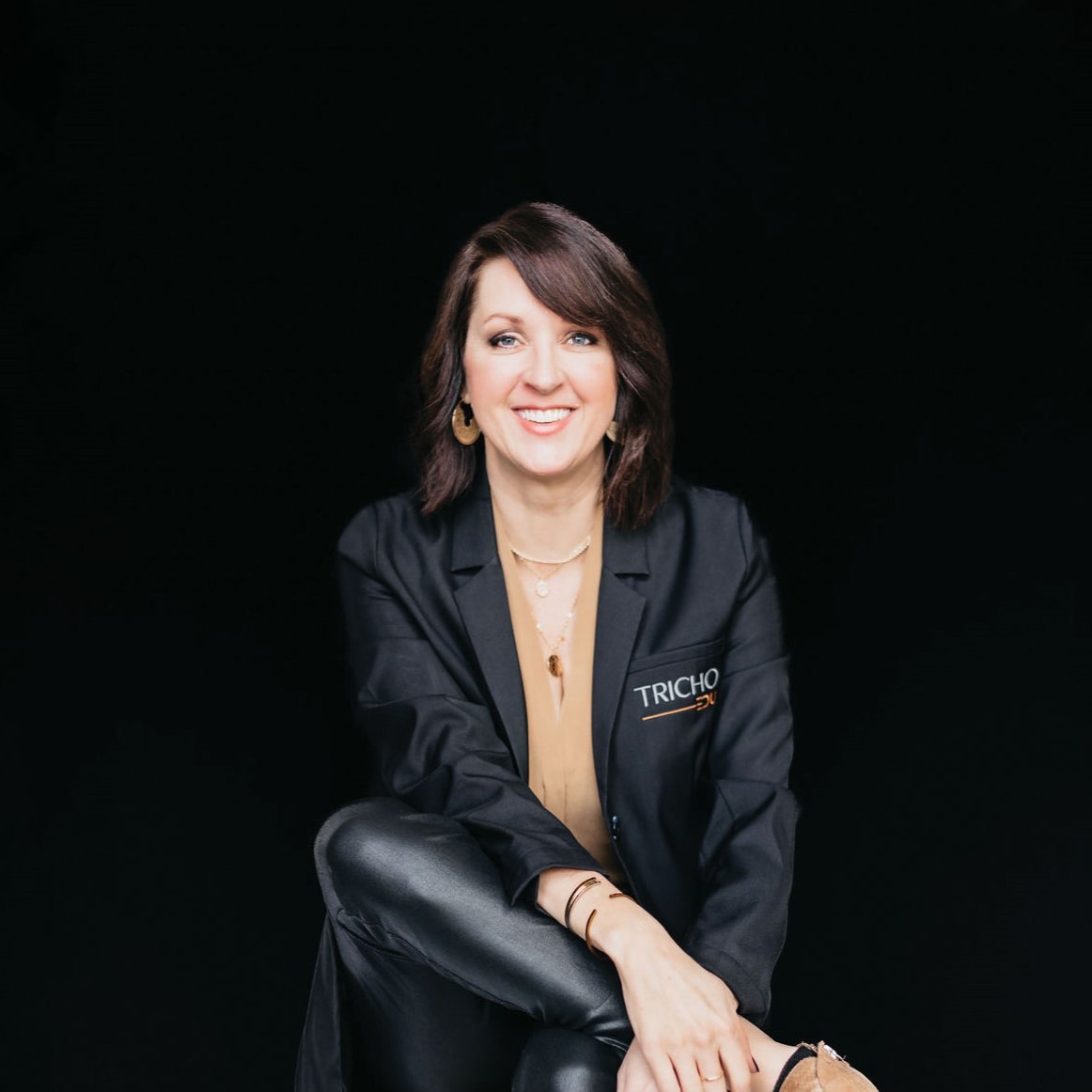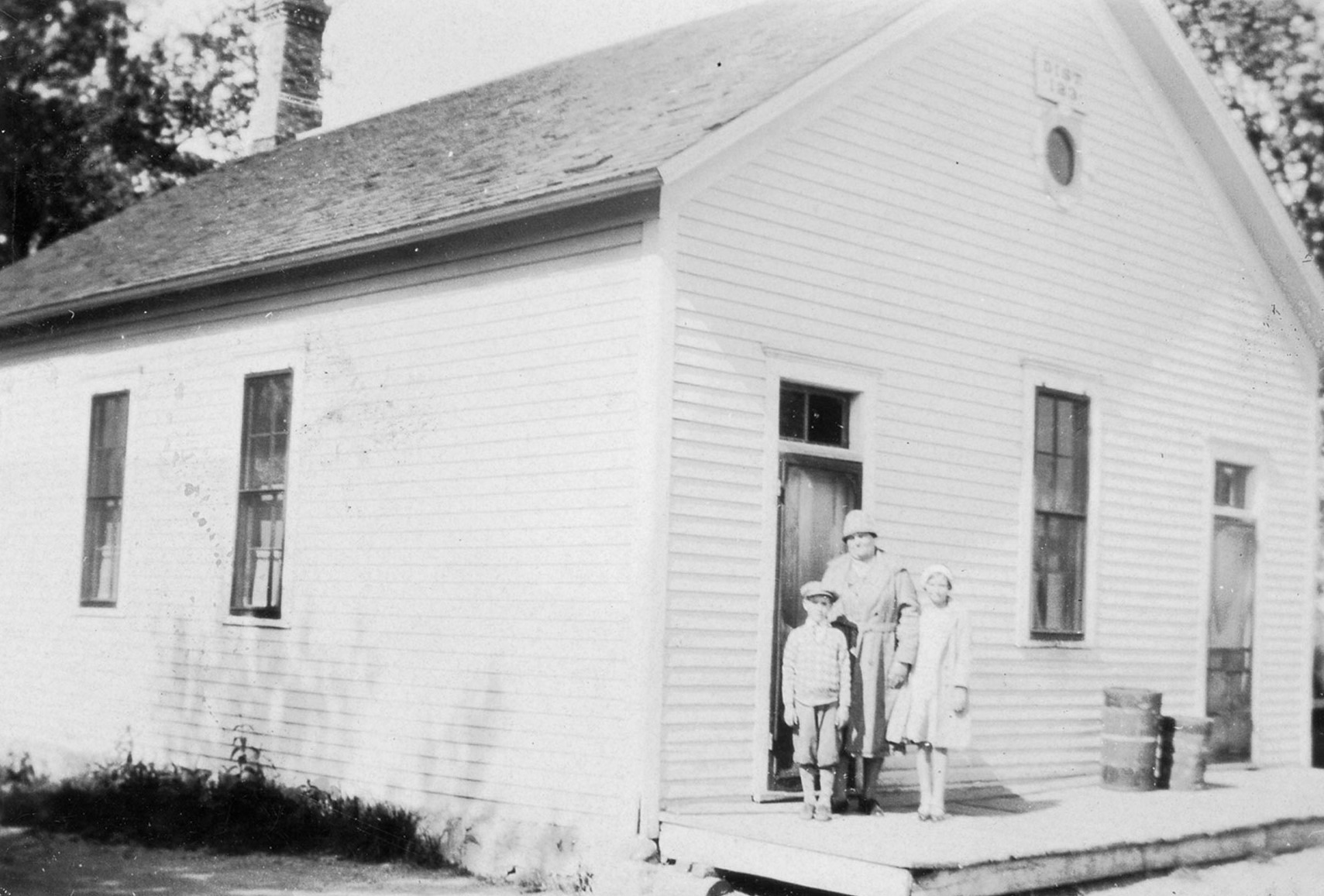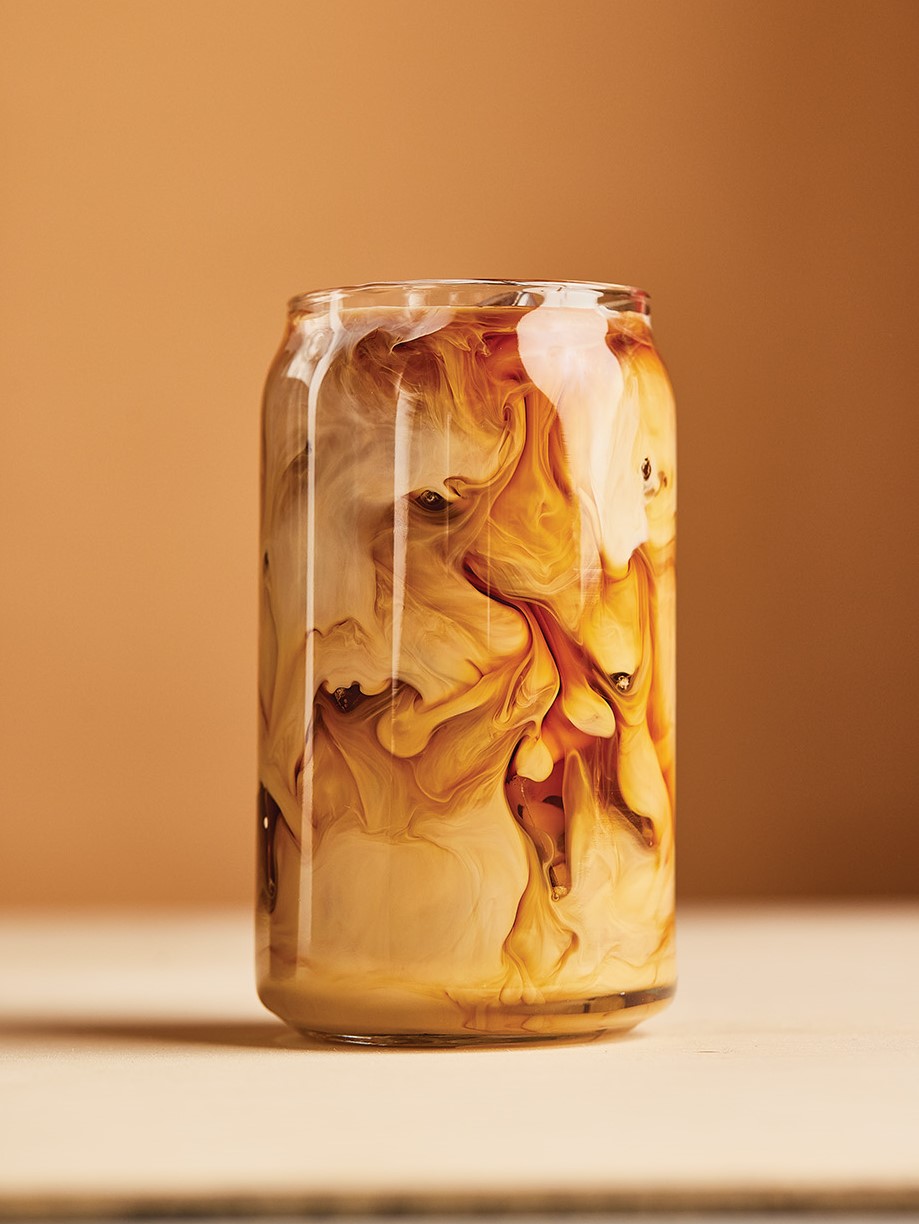
Photos: Chris Emeott
Norte Café brings Colombian coffee directly to doorsteps.
When Yair “Leo” Carvajalino first came to the United States at the age of 21, he learned just how extensive the coffee culture is in this country. But for all the people starting their day with a homebrewed drip or purchased sip, he noticed many people didn’t know the story behind their drinks.
“People don’t really know much about coffee, where it comes from, how it gets produced, the people behind it,” Leo says. “I always felt like I had that responsibility, of educating people and showing people what it is to be a coffee farmer and what it means to grow the coffee.”
In Leo’s native country of Colombia, coffee knowledge grows a lot closer to home. Literally. “[Coffee] farming is a big thing down there,” Leo says. “A lot of people live [in] rural areas, and coffee is definitely a big commodity and one of the main agricultural activities.” He explains that families generally run small 5- to 10-acre farms and produce a wide variety of food, from corn and plantains to yucca and oranges. But coffee, for these farms, is often king.
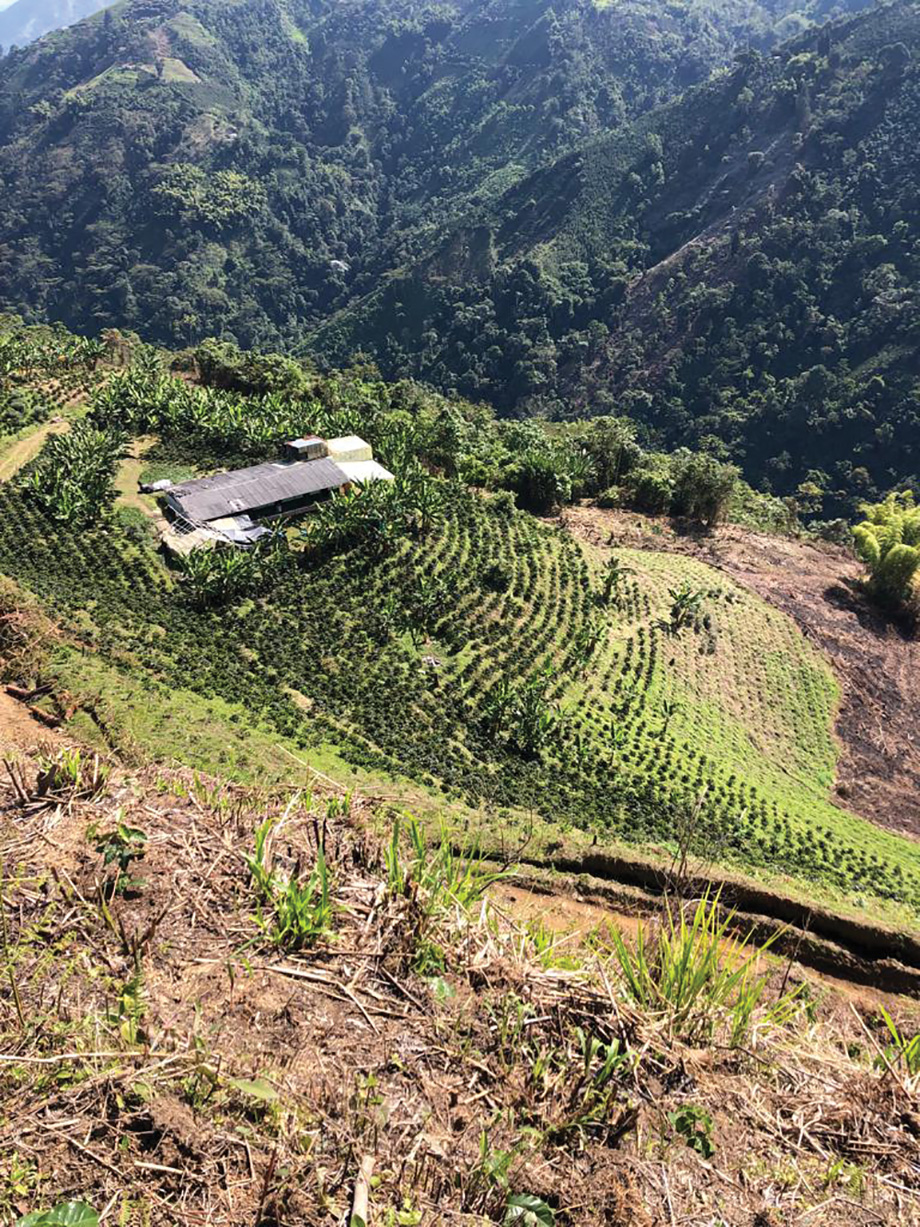
The Carvajalino family coffee farm in Caldas, Colombia. Photo: Norte Café
“In our case, [it was] my grandpa who had been the first generation that started the process,” Leo says. “Both of my parents come from that background, coffee planting, coffee growing, so they inherited that from my grandparents. It was the easiest way to make money too.”
Leo was an only child, and his parents wanted him to pursue an education rather than stay on the farm. “When I was 10 years old, they sent me to live in the city, so I could go to school,” Leo says. After high school, he moved to Cúcuta, Colombia, for college, where he studied international business. It was while studying for his undergraduate degree that he decided to make another life-altering shift.
“In the international business world, everything is done in English, so at some point, I wanted to immerse myself in English,” Leo says. “That’s how the idea of coming to the United States was born.”
Leo spent three different summers in the states on a work/travel visa. “On the last time, he came to Minnesota and met me,” says Sally Carvajalino, his wife.
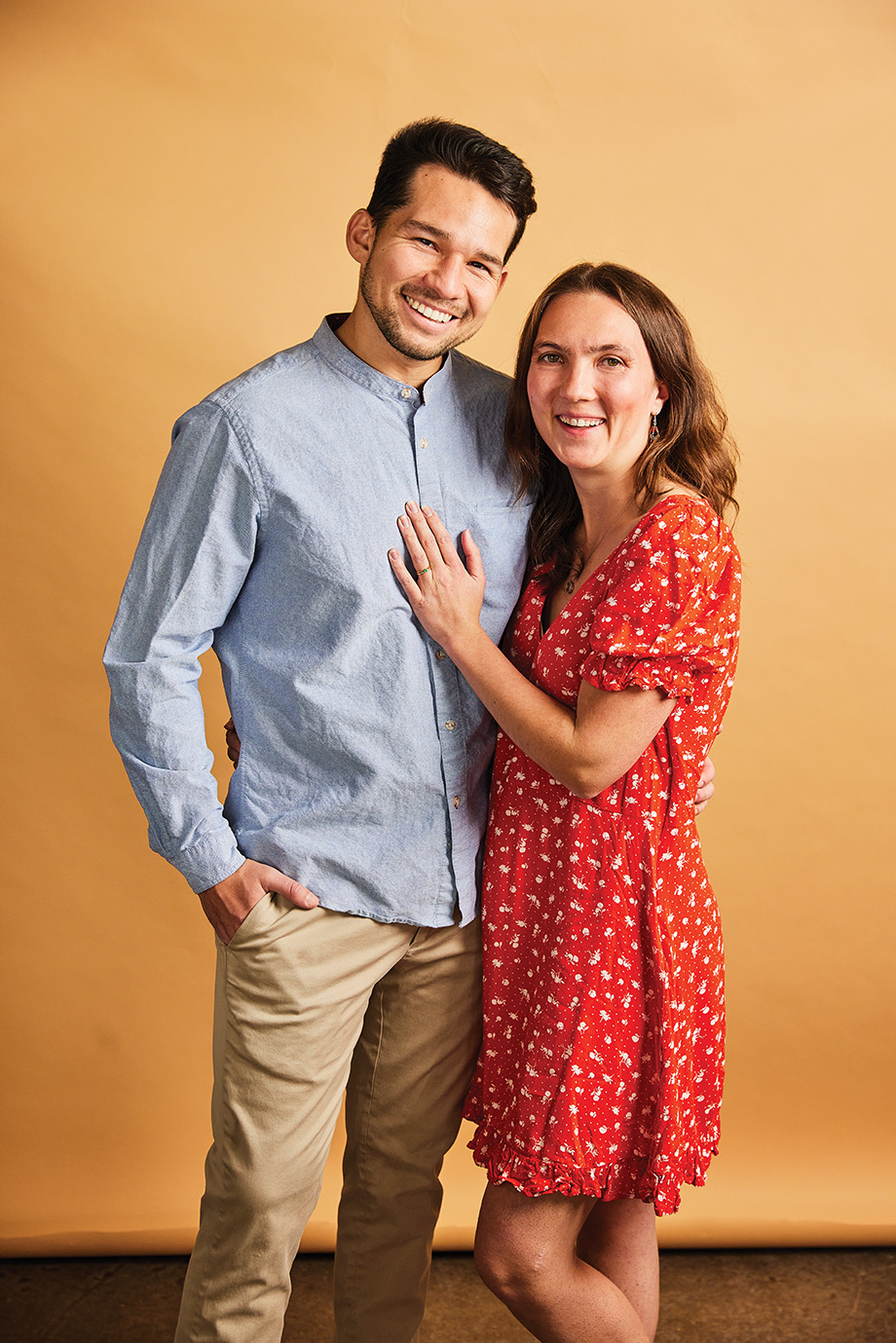
Yair “Leo” and Sally Carvajalino
With his family still coffee farming in Colombia, Leo says he and Sally wanted to figure out a way to make the best use of that connection, while also bringing coffee education to a U.S. audience. “Creating a brand that was able to showcase what coffee is all about and sell the coffee too, that was our first thought,” Leo says. “That’s how it all got started.”
Norte Café, which launched on December 11, 2020, has a double meaning for Leo and Sally. Norte means north in English, Leo explains. “I come from the north side of the country in Colombia, and now we’re in the north side of the United states, so that’s how we came up with the name.” Café, as you might have guessed, means coffee.
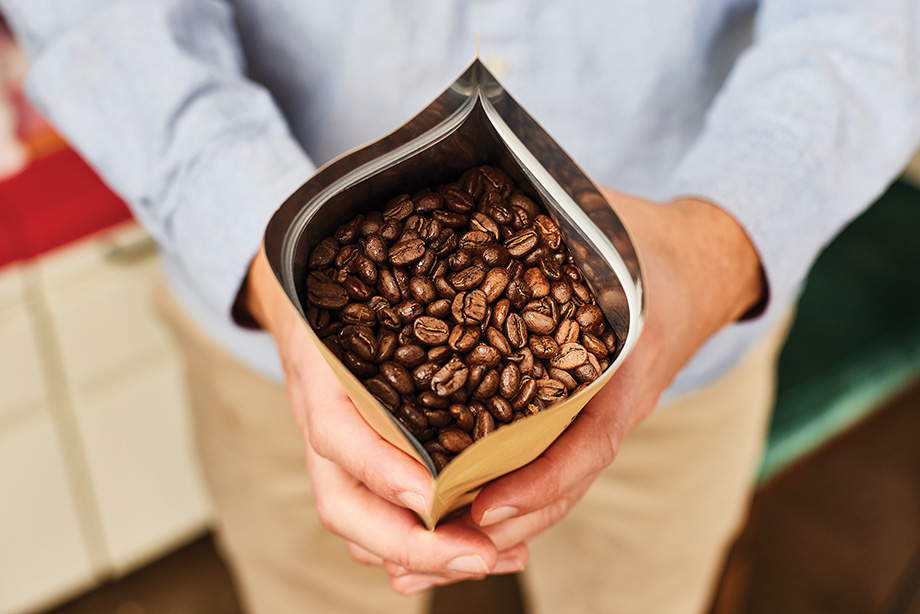
Class is in Session
Leo and Sally bring their coffee to farmers markets over the summer, but their main goal isn’t selling Norte Café there. Instead, they’re working to build brand awareness, share samples of their coffee with locals and educate people on the origins of their coffee.
“Everything gets started when we go to the tree and do the picking process,” Leo says. He explains that coffee technically starts as a fruit, coffee berries or coffee cherries, which grow on small coffee trees. “We make sure we’re picking only the ones that have developed the highest level of brightness and the ones that are very sweet. You can tell those by the color. They’re normally very red,” he says.

Coffee Cherries. Photo: Norte Café
It’s this selection process that Leo says makes Norte Café special. “Everything is done by hand,” he says. “We don’t use machines either for collecting, sorting, drying, anything in the process, so that ensures that quality selection.” Once the beans are dried and ready for travel, they’re shipped from Colombia to Minnesota for the last step: roasting.
Norte Café coffee beans are roasted three to four days before any farmers market visit, which Leo says ensures the freshness of their product.
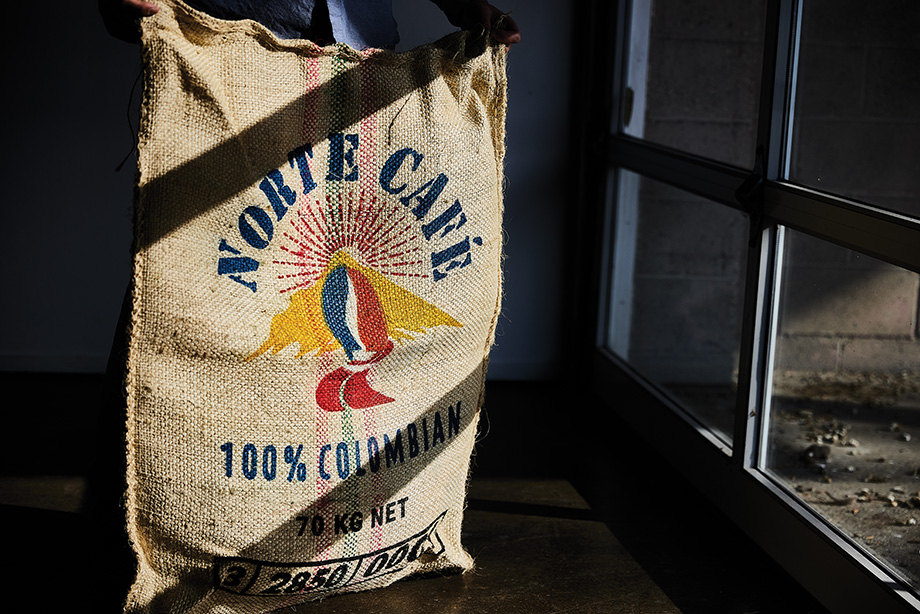
Photo: Norte Café
“Normally, in [grocery stores’] supply chain, it’s very common to have an item at the store that’s been around for four or five months,” Leo says. After production in these cases, the coffee is stored in a warehouse before being exported, after which it goes to sit in another warehouse before hitting the shelves. All that sitting around, “hurts the freshness and the quality,” he says
Leo says their goal with Norte Café is to provide more freshness and better quality to their customers via their online store. “People can buy it from our website. That’s the best place to go. Ideally, they become a subscriber too. We have a subscription base of currently 70 people. They get the coffee from us either every two weeks or monthly.”
So, what’s Leo and Sally’s favorite way to enjoy their coffee?
Sally: “I just like mine black. Drip coffee, plain and simple.”
Leo: “People ask me that question at farmers markets a lot. I want people to have the chance to play with different methods. I always tell people to discover different methods and see what they like. Try different things that they may like to try in their coffee too.”
OK, but your favorite way? Leo: “I like mine black.”
How To Make the Best Cold Brew
Sally shares their method of creating cold brew, which they sample at farmers markets. For more detailed instructions, visit plymouthmag.com.
1) Buy good quality coffee beans. (Sally recommends Norte Café’s medium roast.)
- The best coffee comes from beans that have recently been roasted.
- Grinding your own coffee beans will give you fresher and better tasting coffee.
2) Find a large container to brew your coffee in, i.e. a pitcher, large mason jar, or French press coffee maker with the presser removed. (You do not need a coffee maker to make cold brew.)
- To avoid flavors or chemicals leaking into the coffee, use a container made of glass.
3) Grind the coffee beans.
- 1 oz. of ground coffee per 1 cup of water.
- If you like strong cold brew, use more coffee per cup of water. It’s a personal preference, so experiment with the ratio to find what you like.
- Type of grind: Opt for coarse grind for a more traditional cold brew.
4) Put ground coffee into the container and pour room temperature water over the grounds
- Stirring the grounds in the water will make sure you get a full extraction of flavor from all the grounds.
5) Cover your coffee and water mixture, then leave it on your counter.
- Allow coffee to steep for 12–24 hours depending on how strong you want your cold brew.
- The longer you steep, the stronger it will be.
- You can occasionally stir the mixture to ensure even saturation of coffee grounds.
- It is not necessary to place the mixture in your refrigerator as the coffee won’t spoil.
6) After steeping, filter the coffee and water mixture.
- A simple way to filter the mixture and what Sally personally uses is a wire mesh strainer with a cheesecloth. You can also use a large coffee filter over a pitcher.
- Pour steeped coffee through it.
- The goal is to get rid of all the coffee grounds, leaving you with a smooth and delicious cold brew.
7) Chill the coffee and serve when ready.
- You have a non-diluted iced coffee drink to enjoy with ice, milk or cream and the sweetener of your choice (if needed).
*Cold brew can be kept in your fridge or on your counter for several weeks, just keep it covered. Unlike hot-brewed coffee, cold-brewed coffee will not become stale over time.
Norte Café
Facebook: Norte Café Roasters
Instagram: @nortecafe.shop

